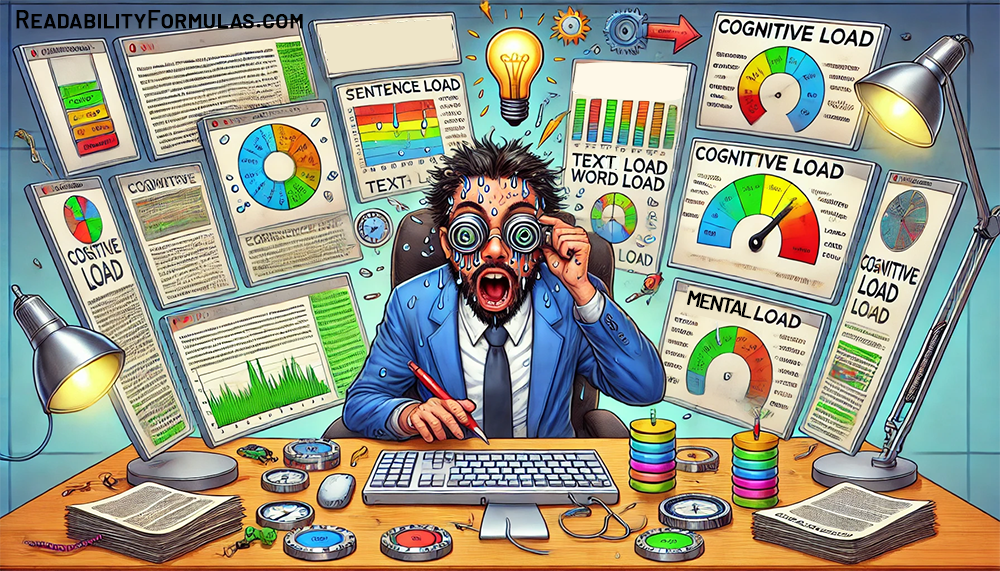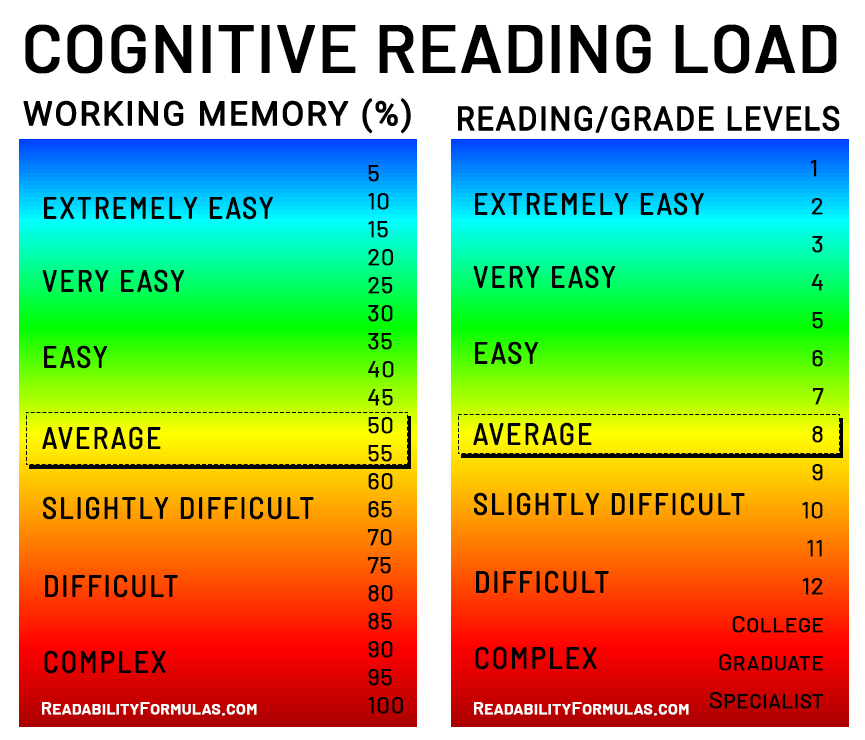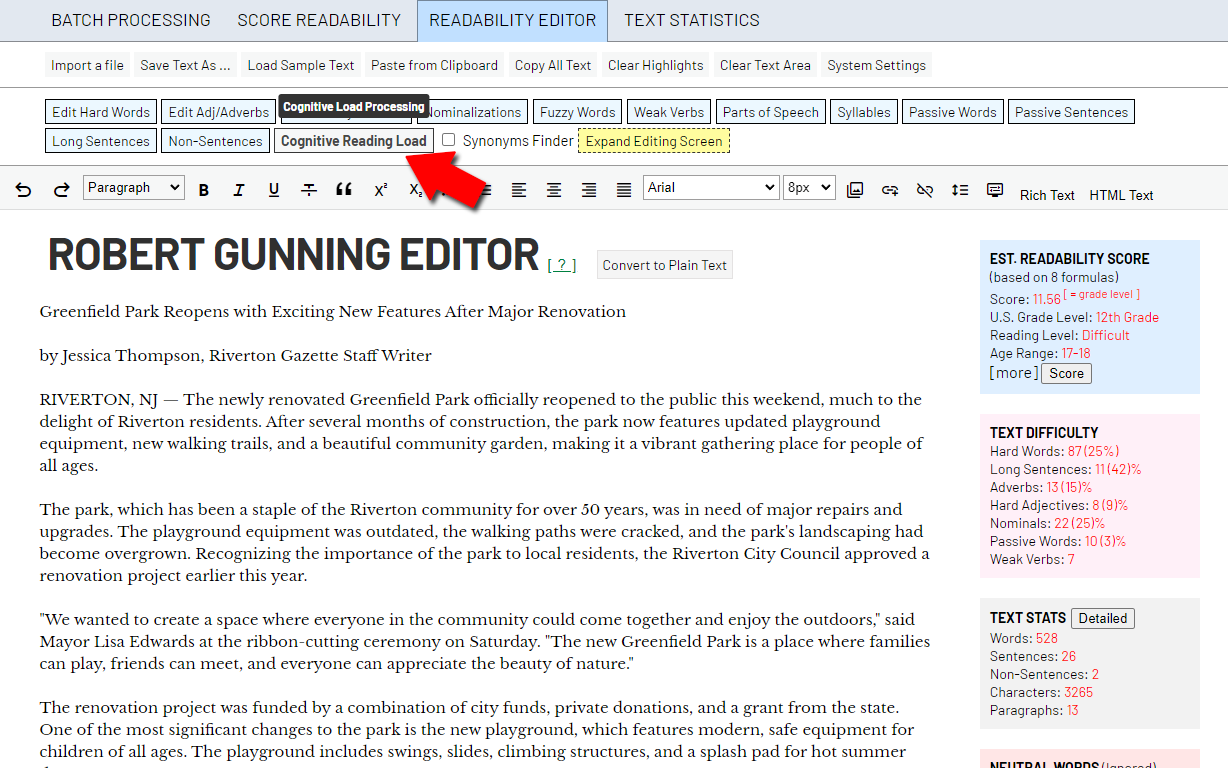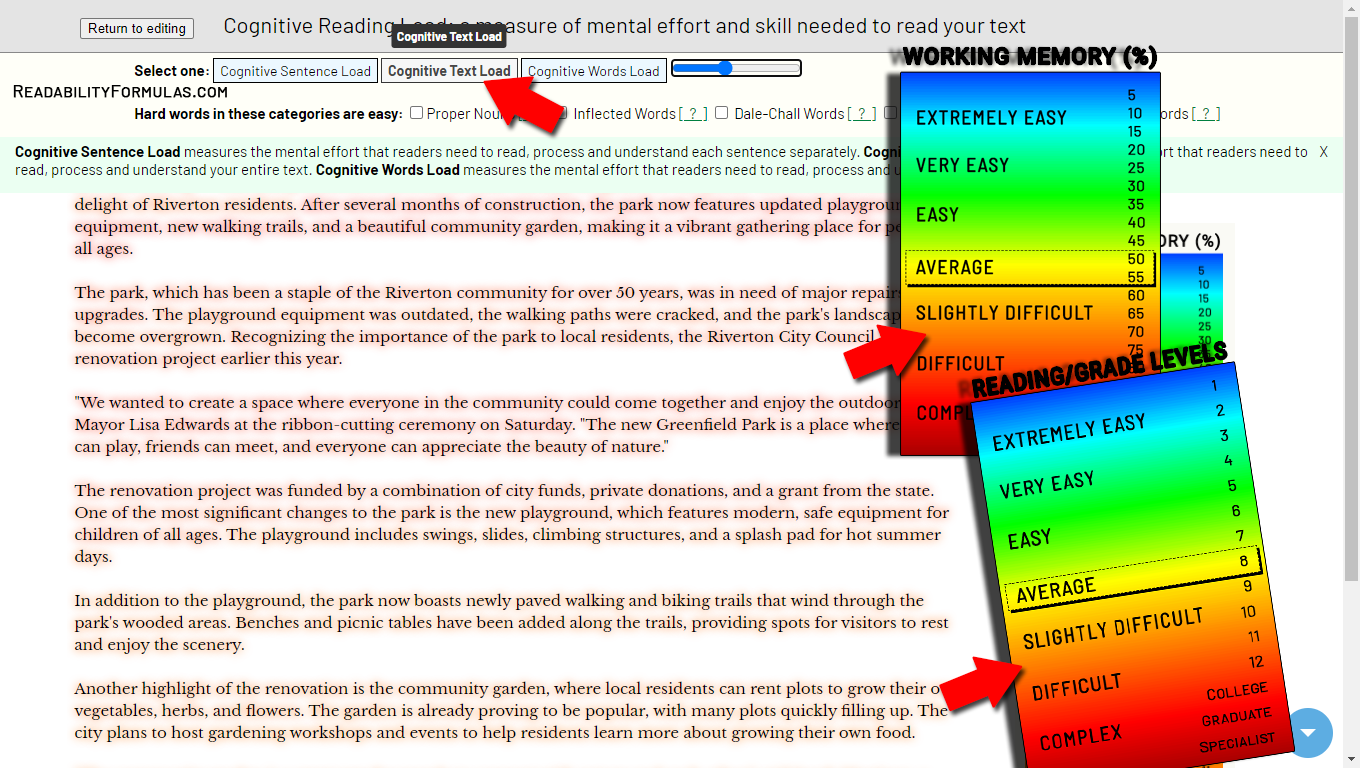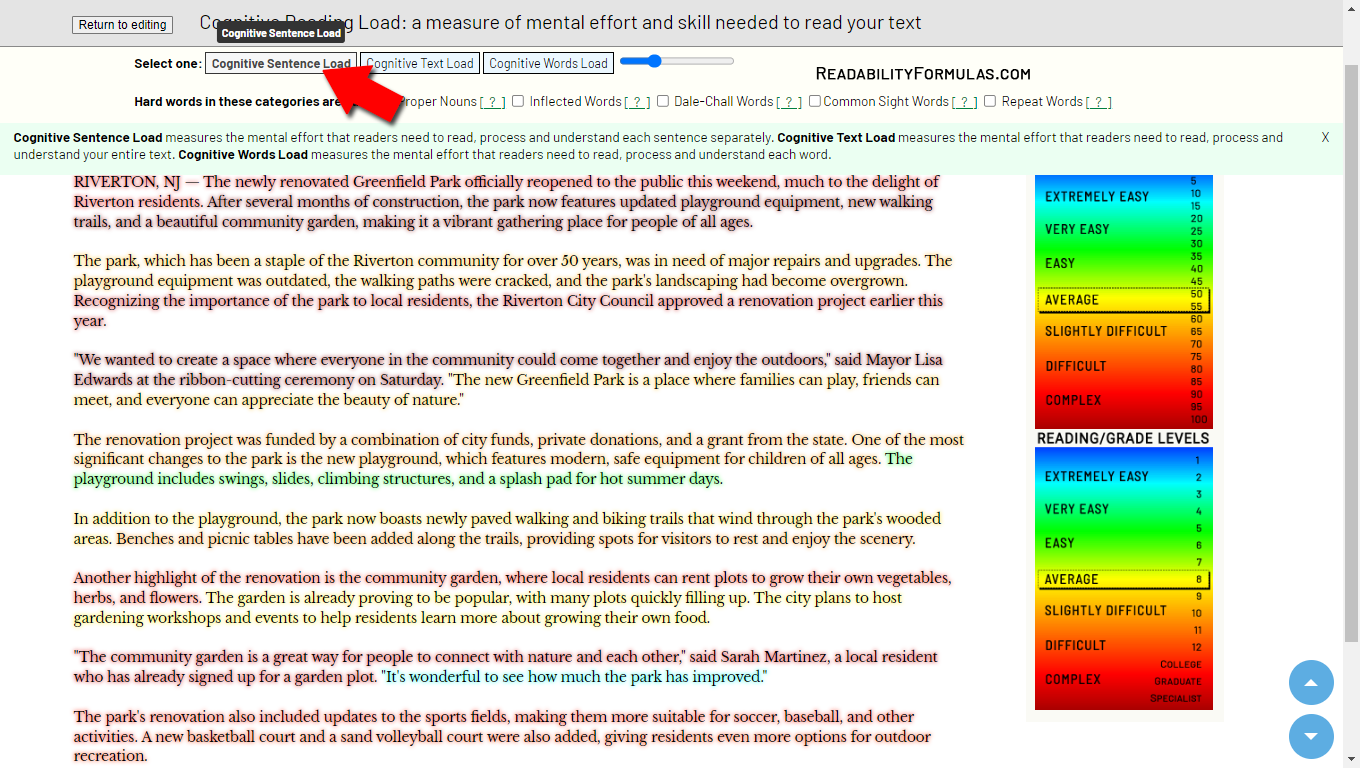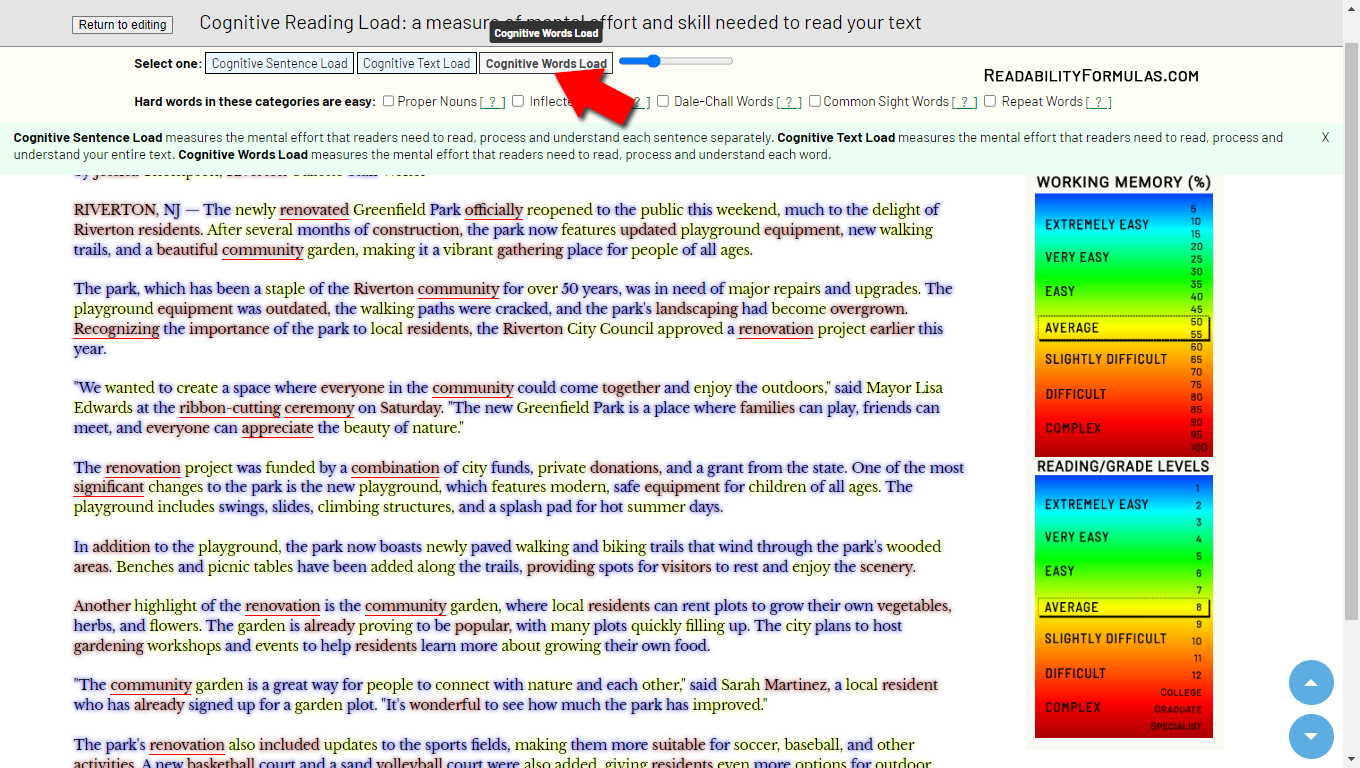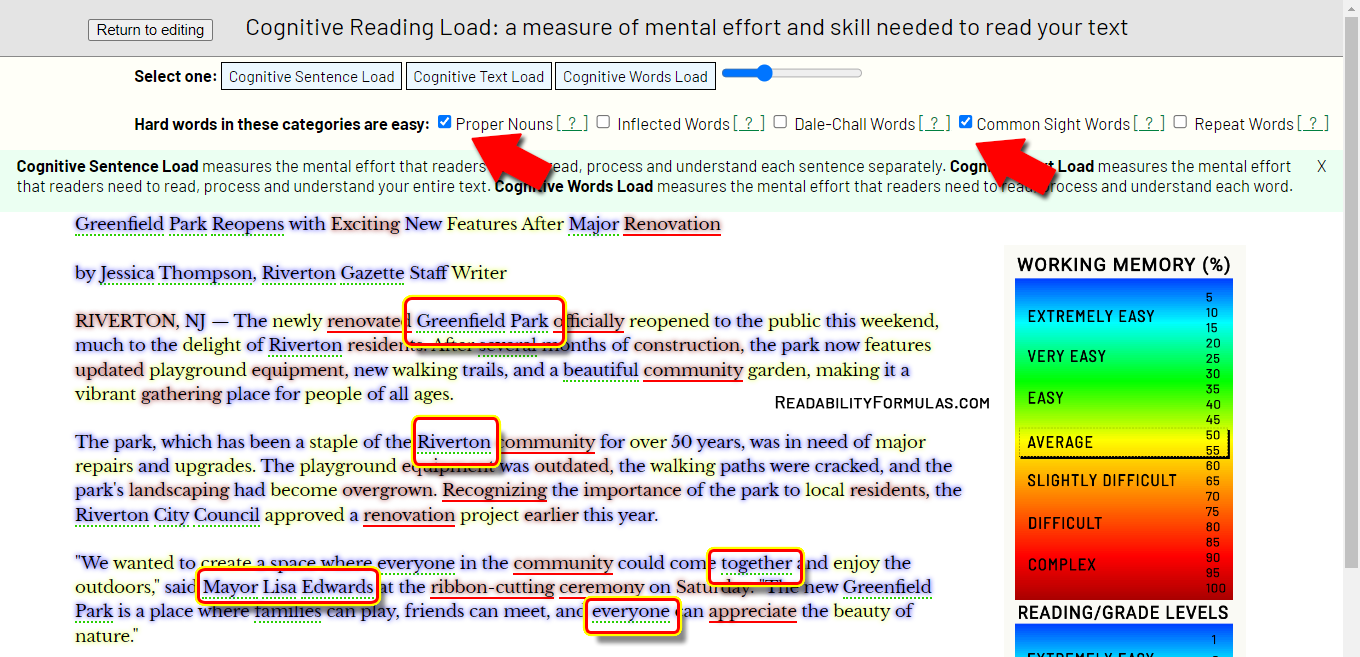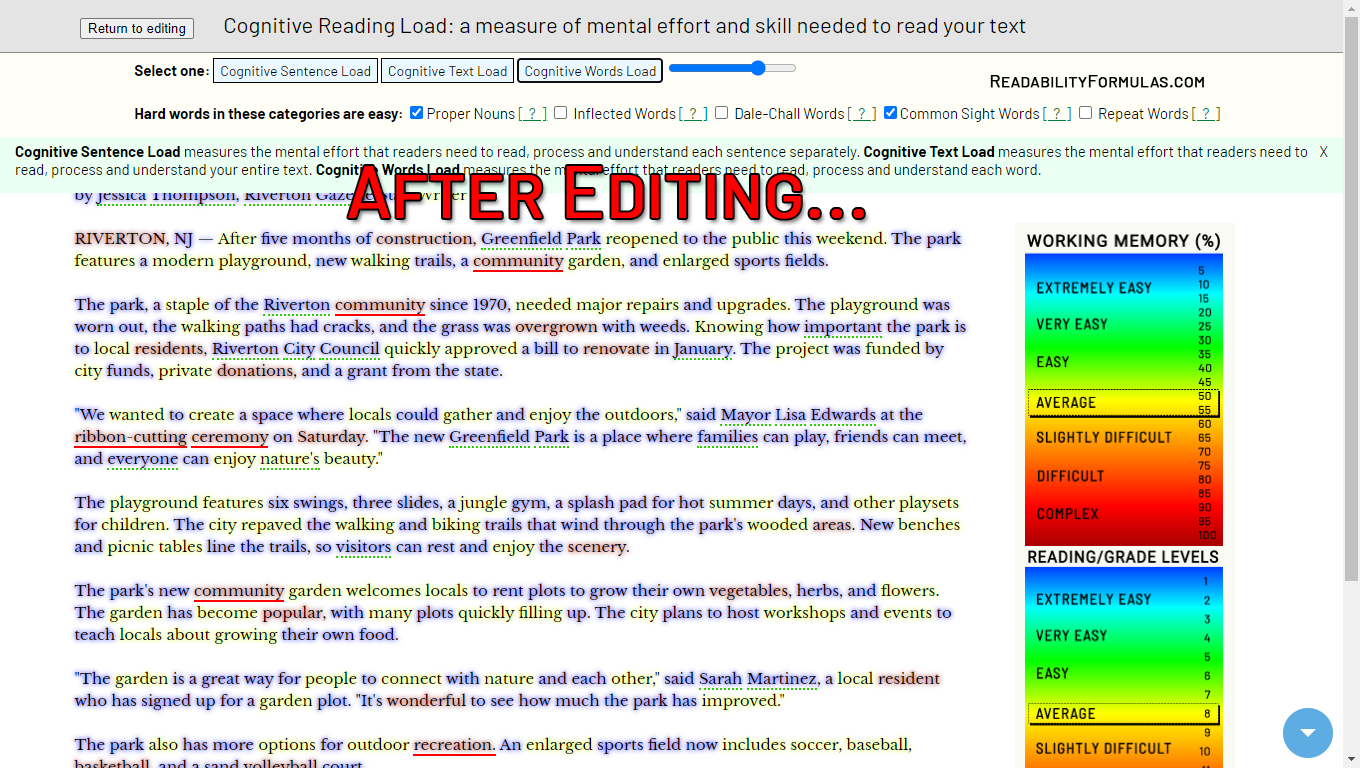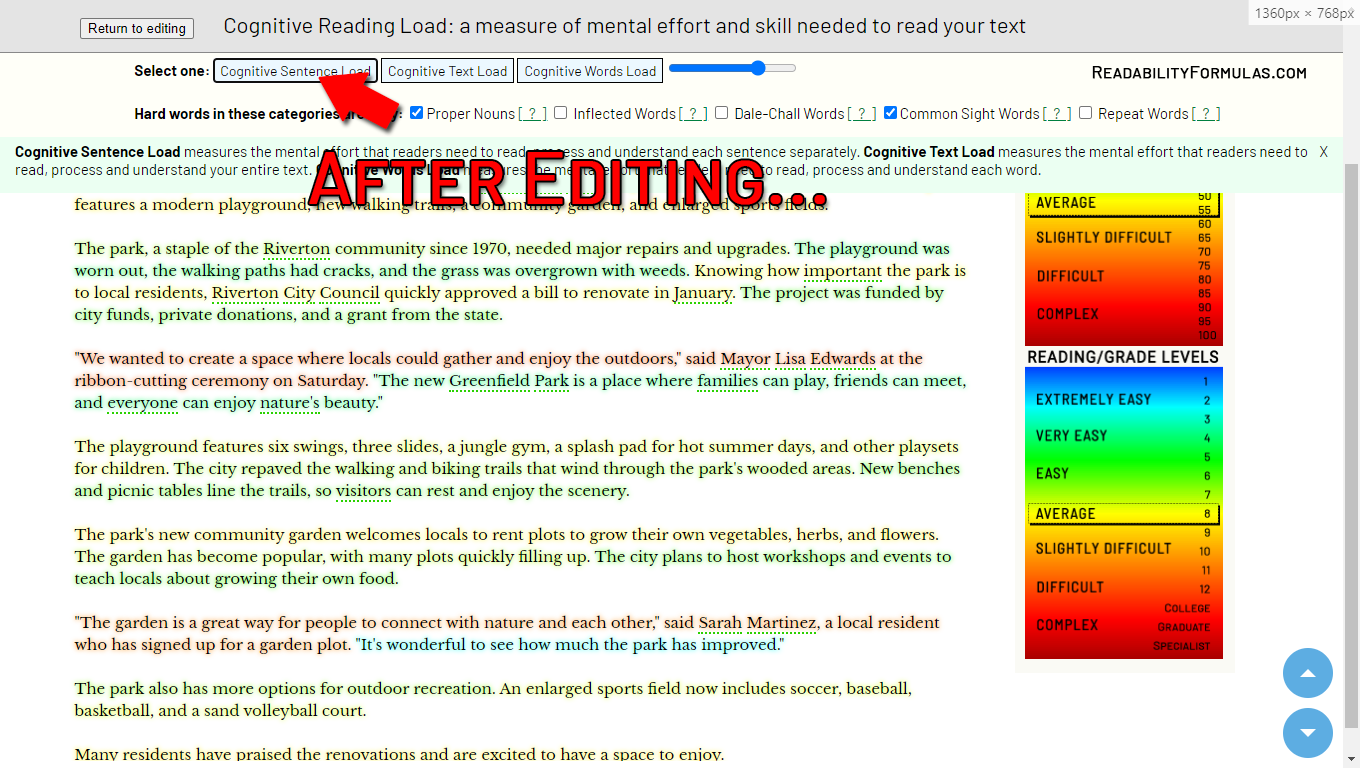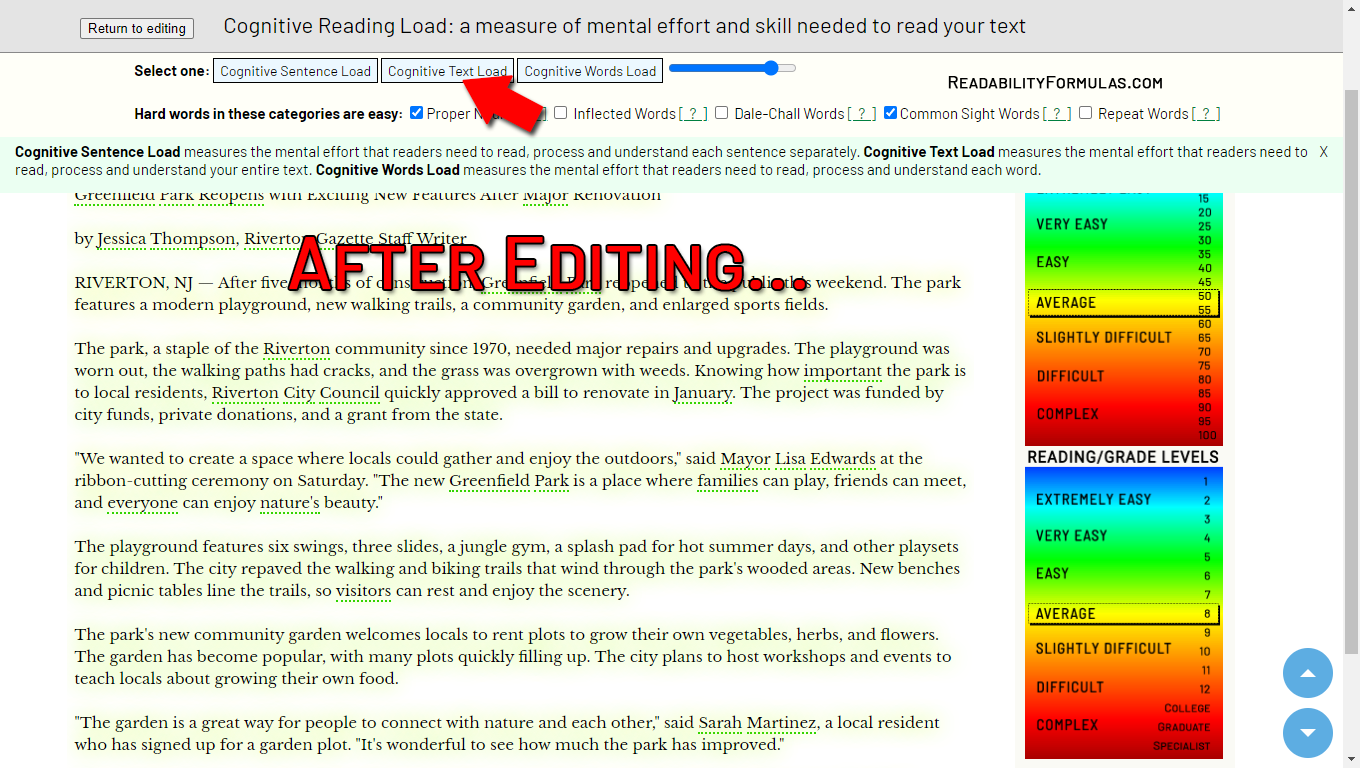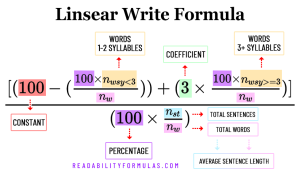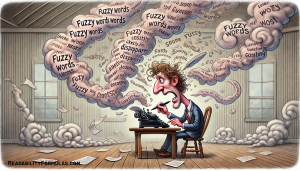Cognitive Load Theory (CLT) is a concept from psychology that explains how our brains handle information when we learn something new. Think of your brain like a computer with limited memory and processing power.
When you learn or do something, your brain has to work to process and store that information. CLT says that if you overload your brain with too much information at once, it can struggle to process it all—just like a computer might slow down if you open too many programs at once.
John Sweller, who developed CLT in the late 1980s, identified three types of cognitive load:
- Intrinsic Load: This is the mental effort required by the task itself. Some tasks are naturally more complex, so they take more brainpower to understand.
- Extraneous Load: The way a writer presents their information may demand extra mental effort from readers. For example: if an instructional manual sounds confusing because it’s missing a step, your brain needs to work harder to make sense of it. This adds unnecessary load.
- Germane Load: This is the mental effort we use to create connections between what we’re learning and what we already know. It’s the “good” load that helps you understand and remember information.
The idea of Cognitive Load Theory is to manage these loads effectively. When you reduce extraneous load and manage intrinsic load, you can learn faster and more efficiently. The goal is to focus more on germane load because this is where real learning happens.
We already know what causes high cognitive load—specifically Extraneous Load—when reading something new or complex. Readability formulas figured this out decades ago. We can analyze:
1. Sentence Length: Longer sentences can be harder to process because they contain more ideas, clauses, and complex structures. As the brain works to parse longer sentences, cognitive load increases, making the text challenging to understand.
2. Word Complexity: Longer or more complex words can increase difficulty because they often have more syllables, irregular spellings, or less common usage. For example, the word “ disenfranchisement ” is more complex than “ disrupt ” because it involves knowing the base word “ franchise “, the prefix “ dis- “, and the suffix “ -ment. ” The reader must mentally unpack these details, which increases cognitive load.
3. Syllable Count: Long, multisyllabic words need more mental energy to decode, understand, and use in the context of a sentence. Each syllable needs a distinct mental operation to identify and connect to the word’s meaning.
4. Content Flow: Readers need mental energy to follow the narrative or argument. Disjointed or poorly organized content can force readers to backtrack or re-read sections to understand the text.
5. Word Usage: Words play a role in how easily readers can process a text. Rare, unfamiliar, or jargon-heavy words can hinder reading because readers need more mental effort to decode and interpret each word. But clear, familiar words can ease the reading process: readers can focus more on understanding the content rather than decoding every word.
These syntactics help identify surface-level features that impose cognitive load and affect how easily a text can be read and understood.
To see cognitive load on a text, we need to make it visible with a gradient color scheme. The different colors correspond to two color-coded graphs that reveal the results: Working Memory (Cognitive Load/Mental Effort) and Reading/Grade Levels (Readability).
Our sample text, “Greenfield Park Reopens with Exciting New Features After Major Renovation” is a news article that will appear online and in a local community newspaper. The primary readership is local adult citizens, ages 18 and above. Based on demographics, 70% of readers have a high school or college education, while 30% is unknown or have lower literacy levels. The publisher wants an 8th grade reading level for news articles—this is the average grade/reading level of the general population.
Using the Robert Gunning Editor, we’ll import the text and select “Cognitive Reading Load.”
Next, we’ll click on “Cognitive Text Load” to see stats about the rough draft.
Cognitive Text Load measures the mental effort readers need to read, process and understand your entire text upon first reading. The text color ranges between dark orange and light red. When we match the text color to the two graphs, we can see the results: 1) Reading level averages slightly difficult; 2) Grade level is 11-12th grade; 3) Working memory (cognitive load) ranges from 60-75, and requires around 70% mental effort to read and understand the text. Because the average mental effort to read any text is 50%, we subtract 50% from 70%, which means readers will need to exert 20%.
Based on this view, we know the article is too hard for this newspaper’s readers, but we’ll only need to do some light editing.
Next, we’ll look at how cognitive load affects sentences with Cognitive Sentence Load.
From this viewpoint, we can see which sentences have the most cognitive load. Because we’re aiming for an 8th grade reading level, we’ll look mostly at sentences in red and simplify them to the correct level. (Long sentences with dialogue may be left as is, since it’s quoting a person, or we may choose to replace long quotes with shorter ones.)
We can also look at Cognitive Words Load to see how words range in complexity.
From this viewpoint, we can see the easy and hard words. We’ll replace these words, especially the ones underscored in red, with simpler ones. Before we do so, we should tweak how the system scores hard words. Because most adult readers know Sight Words, we’ll score hard Sight Words as easy. Next, since this is a local news article, readers are familiar with most of the Proper Nouns; in this case we’ll score Proper Nouns as easy. A bunch of hard words are also Repeat Words; usually when readers learn a hard word, it becomes easy because they now know it. We can score Repeat Words as easy if we want to, but for now, we’ll settle for the latter two.
We’ll checkbox Proper Nouns and Sight Words, and click the button to refresh.
Words underscored with green dots are now blue and scored as easy. These changes will reduce text complexity and also reflect in Cognitive Sentence Load and Cognitive Text Load.
After editing to reduce cognitive load, we can see the results. In Cognitive Words Load, most words are highlighted a non-red color, indicating average to easy words.
Cognitive Sentence Load reveals most sentences are now a cohesive green to yellow color, indicating easy to average sentences.
Finally, in Cognitive Text Load, we can see the end results.
The entire text is a light yellow-greenish color. We can match this color to the two graphs and see the results: 1) Reading level (text difficulty) is around Average; 2) Grade level is around 8th grade; 3) Cognitive Reading Load is Average, around 45-55%. These results tell us readers will be able to read and understand the news article and they won’t need to exert much mental effort. This article is a leisurely read for them.
We can also use readability formulas to further validate the readability results. Based on 10 popular formulas, the article scores an 8.22.
A study on cognitive load found that when writers overload readers with too much information at once, comprehension drops by 50%. Remember, writing is a conversation between you and your reader. The goal is to communicate your ideas clearly, but also challenge and engage your readers. When you’re reviewing your rough draft, ask yourself: How easy is this for my readers to understand? Can I say this more simply without losing meaning? Can I restructure this sentence or paragraph to make it concise? Next, read our article on How to Improve Your Writing Style with Cognitive Load Theory.
Measure cognitive load on your text: Use our Cognitive Reading Load tool (part of the Robert Gunning Editor).
Scott, Brian. “How to Measure Cognitive Reading Load to Improve Readability of Any Text.” ReadabilityFormulas.com, 12 Nov. 2024, https://readabilityformulas.com/how-to-measure-cognitive-reading-load-to-improve-readability-of-any-text/.
